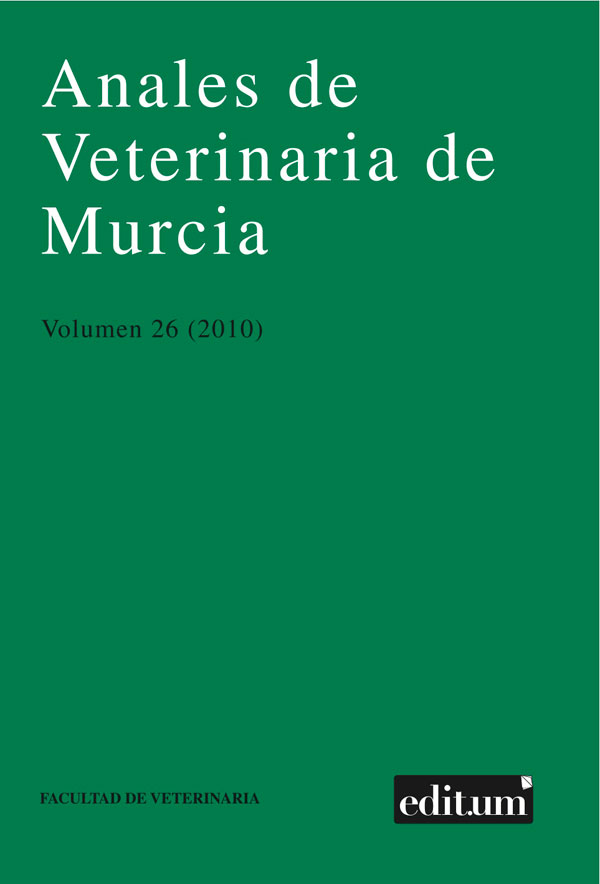Development of an analytical method for extracting organochlorine pesticides from feathers
Abstract
Due to the adverse effects of organochlorine pesticides (OC), these compounds have been widely monitored in several species of living beings. Birds have played an important role in monitoring environmental pollution due to their sensitivity to environmental changes and their position in the upper of the food chain. In recent years, many efforts have been attempted to look for useful samples obtained in a non-destructive way as alternative to the collection of internal tissues. Feathers can provide information of OC concentrations in the circulating blood at the time of their development. They have been widely used in monitoring of metal environmental pollution. However, information about their use in OC monitoring is scarce. The general aim of this study is the validation of the feather as OC biomonitoring tool. In this sense, we develop a method of extraction for 16 OC in feathers, including α-, β-and δ-HCH, lindane, aldrin, dieldrin, endrin, endrin aldehyde, endosulfan I and II, endosulfan sulfate, p,p’-DDT, DDD, DDE, heptachlor and its epoxide. Moreover, we assess the influence of external contamination and the distribution of compounds between parts of the feather (barbs and shaft).
External contamination seems to have influence on the levels found in feathers for some compounds. However, it does not seem to be the only cause of the high levels observed in barbs in comparison with those detected in shaft.
Feather could be considered as a promising non-destructive tool for organochlorine pesticides in birds. Future studies should be carried out to obtain correlations between concentrations in feathers and internal tissues of birds. Moreover, it is necessary to evaluate additional factors such as age, sex and nutritional status of the birds in order to check its effect on the OC levels in feathers.
Downloads
Creative Commons Attribution 4.0
The works published in this journal are subject to the following terms:
1. The Publications Service of the University of Murcia (the publisher) retains the property rights (copyright) of published works, and encourages and enables the reuse of the same under the license specified in paragraph 2.
© Servicio de Publicaciones, Universidad de Murcia, 2019
2. The works are published in the online edition of the journal under a Creative Commons Attribution-NonCommercial 4.0 (legal text). You can copy, use, distribute, transmit and publicly display, provided that: i) you cite the author and the original source of publication (journal, editorial and URL of the work), ii) are not used for commercial purposes, iii ) mentions the existence and specifications of this license.

This work is licensed under a Creative Commons Attribution-NonCommercial-NoDerivatives 4.0 International License.
3. Conditions of self-archiving. Is allowed and encouraged the authors to disseminate electronically pre-print versions (version before being evaluated and sent to the journal) and / or post-print (version reviewed and accepted for publication) of their works before publication, as it encourages its earliest circulation and diffusion and thus a possible increase in its citation and scope between the academic community. RoMEO Color: Green.




